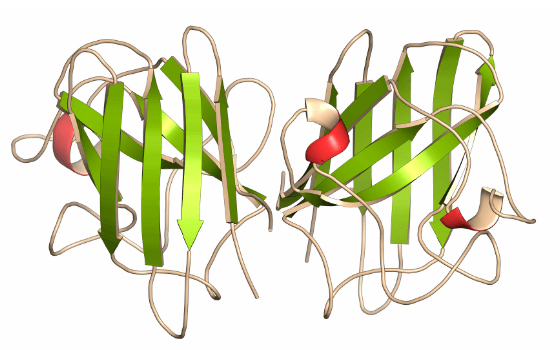A key & universal primary antioxidant enzyme
SuperOxide Dismutase (SOD) is a key antioxidant metallo-enzyme naturally present in our body. SOD is ubiquitous to all forms of life and protects living beings from oxidation for over 2 billion years.
Present both inside and outside cell membranes, directly where the free radicals are generated, SOD plays a critical role in preventing oxidative stress. SOD is present directly inside the mitochondria, which is responsible for 90% of the free radicals production.
 English
English Français
Français




